Have you thought about owning a Persian cat? You may be wondering How much does a Persian Cat Cost? Well, the answer is that the cost can vary depending on various factors. These factors can be breeder reputation, bloodline, and coat color and even the nose.
In this article, we will explore the cost of a Persian Cat and the factors associated with costing. We will also discuss the benefits of owning a Persian cat and the expenses involved in owning a Persian Cat.
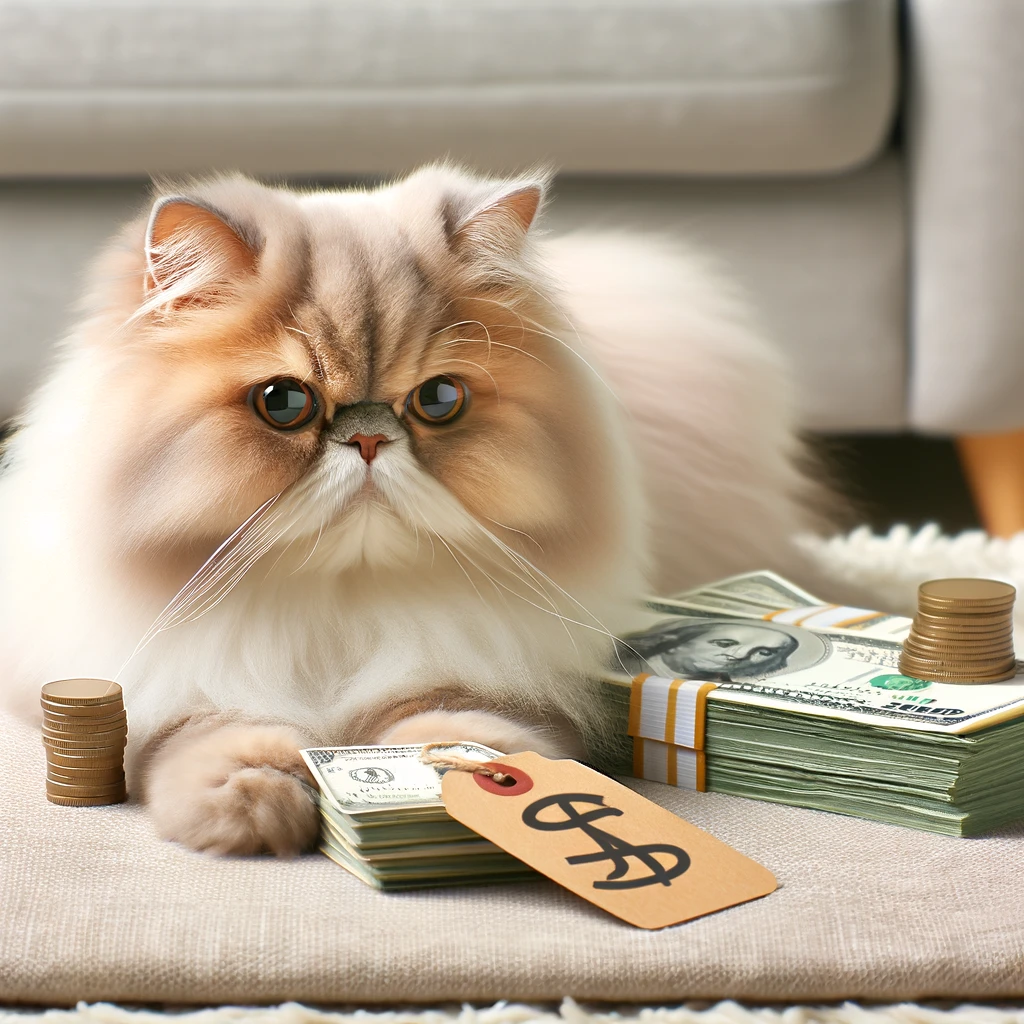
A Basic Outline On How Much Does A Persian Cat Cost.
Firstly, investing in a purebred Persian cat is worth it because of their superior genetics.
By purchasing from reputable breeders who prioritize health testing and proper breeding techniques, you are ensuring that your new furry friend has the best chance of living a long and healthy life.
Plus, owning a Persian cat means enjoying their luxurious fur and adorable flat faces.
Secondly, the benefits of owning a Persian cat go beyond aesthetics. They are known for being affectionate companions who love nothing more than cuddling up with their owners. They also have calm temperaments which make them great pets for apartment living.
Lastly, when comparing costs with other breeds, Persians are often more expensive due to their popularity and high demand. However, when considering the long-term benefits of owning one – such as reduced stress levels and increased happiness – they are well worth the investment.
So if you’re ready to add some feline love into your life then read on to make an informed decision.
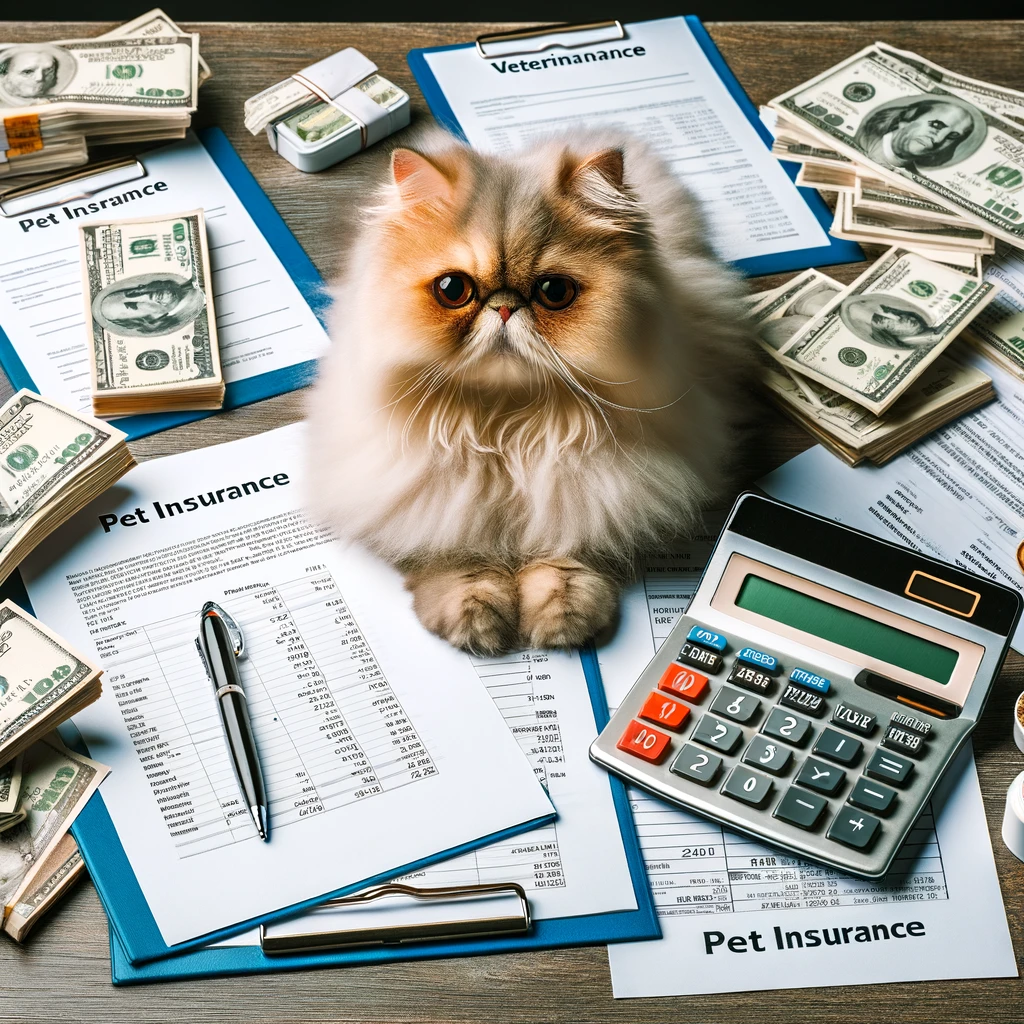
How Much Does A Persian Cat Cost?
Persian cats may be more expensive than some other breeds initially with prices ranging from $500-$3000. In some cases, it can go up to $3500 also.
Compared to other popular breeds such as Siamese or Maine Coon cats, Persians do tend to be more expensive.
For example, a Siamese kitten may cost around $400-$600 while a Maine Coon kitten may cost around $500-$1500. But a Persian is way more expensive than this.
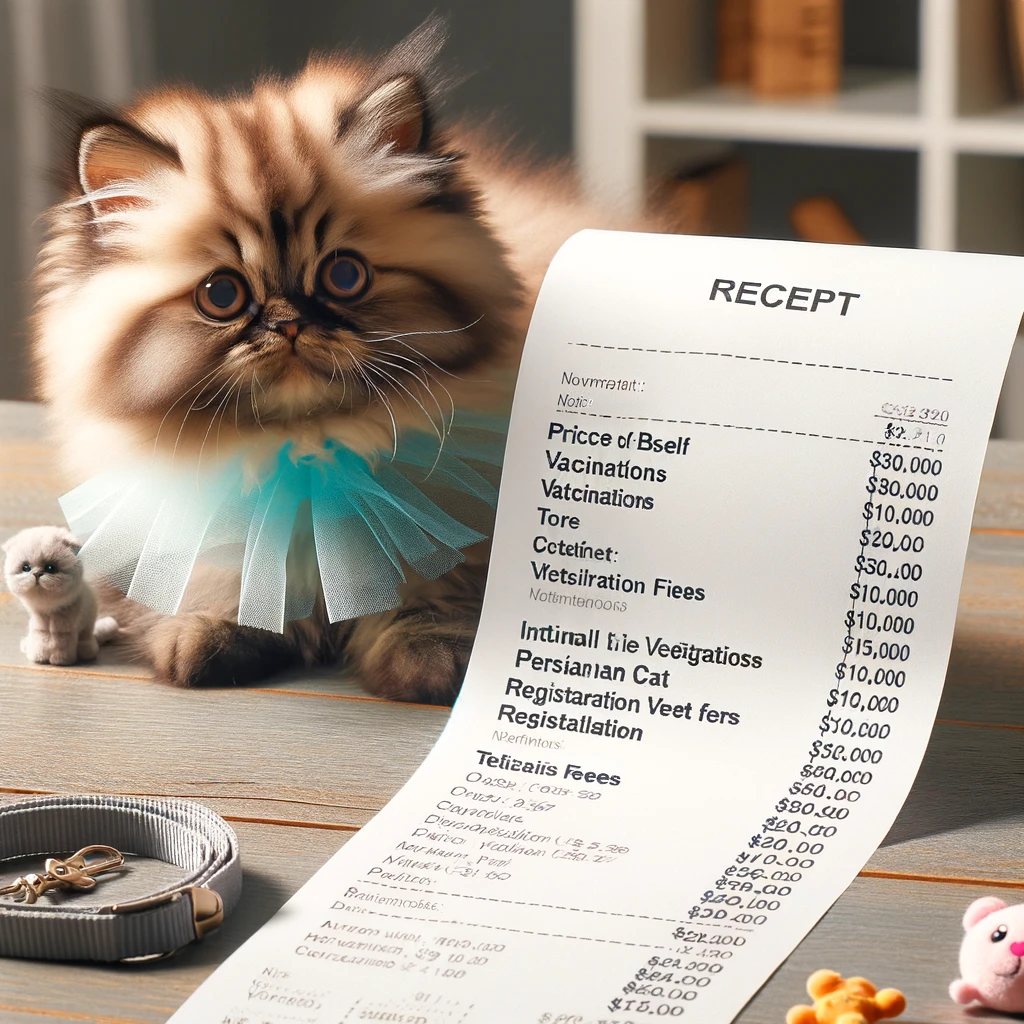
Factors Associated With The Cost Of A Persian Cat
When it comes to purchasing a Persian cat, there are several factors that can affect the cost. From bloodline and breeding rights to age, color and nose, these elements can significantly impact the price of a Persian cat. As a potential buyer, it is essential to understand these factors to get the best value for your money.
Bloodline
One of the most significant factors that affect the cost of a Persian cat is its bloodline. The better the bloodline, the higher the price tag.
This is because cats from superior bloodlines typically have desirable traits such as excellent health, temperament, and physical appearance.
Breeding Rights
Breeding rights also play a crucial role in pricing. These rights allow breeders to produce offspring from a specific cat or pair of cats, which can significantly increase their value.
In some cases, breeders may charge more for cats with breeding rights to ensure that they only go to experienced owners who will maintain their bloodline’s quality.
Color
Color is another important factor when it comes to pricing Persians.
Some colors are rarer than others and are therefore more valuable. This can be either the coat or the eyes.
For example, white Persians with blue eyes are highly sought after and can fetch high prices on the market.
So let us have a look at the details.
1.Bloodline’s Impact On Pricing
The bloodline of a Persian cat has a significant impact on pricing. The lineage of a cat determines its genetic makeup, which influences its physical traits and overall health.
A cat with a prestigious bloodline is likely to be more expensive than one with an unknown or less impressive lineage.
This is because breeders invest time, money, and resources into breeding cats that conform to the breed standard and have desirable characteristics.
A Persian cat with a champion bloodline has proven its worth in the show ring and has likely been bred for generations to produce high-quality offspring.
These cats are often sold at a premium price due to their rarity and exclusivity.
2. Well Known Breeder
Additionally, cats from well-known breeders or catteries may also command higher prices due to their reputation for producing healthy and beautiful cats.
On the other hand, Persian cats with unknown or mixed bloodlines may be less expensive due to the uncertainty surrounding their genetics.
3. Quality Of The Cat
Mixed bloodline cats are often referred to as “pet quality” rather than “show quality” as they do not meet the strict standards set by breed associations.
It’s important to note that not all pedigreed Persian cats will fetch high prices.
4. Coat Color And Other Factors
The price of a cat also depends on its individual qualities such as coat color, gender, age, and availability of breeding rights. For example, rare colors such as silver shaded or golden shaded Persians may be priced higher than more common colors like white or black.
However, it’s crucial for buyers to consider other factors such as individual qualities like coat color and availability of breeding rights before making a purchase decision based solely on bloodline alone.
Ultimately, investing in a high-quality Persian cat with a reputable bloodline can be a worthwhile investment for those seeking a loving and loyal companion.
5. The Role Of Breeding Rights
Breeding rights play a significant role in determining the cost of a Persian cat.
Breeding rights refer to the permission granted to an individual to breed or mate their cat with another feline, usually for monetary gain.
Breeders who sell cats with breeding rights have invested time and money in developing a high-quality bloodline that produces desirable traits such as strong bone structure, luxurious coats, and excellent temperament.
Therefore, they charge more for cats with breeding rights than for those without them. Breeding rights are particularly important for show cats since they must meet specific breed standards set by organizations such as the Cat Fanciers Association (CFA) or The International Cat Association (TICA).
6. Show Winning Cats
Show cats must have excellent conformation, coat quality, and overall appearance.
Breeders who have successfully bred show-winning cats often charge more for their kittens because these felines have proven themselves in competitions and are likely to produce offspring with similar qualities.
7. Age of The Cat
Moreover, age is another factor that affects the cost of Persian cats with breeding rights. Older cats may be less expensive than younger ones because they may not be as desirable for breeding purposes.
However, older Persians can still make wonderful pets and companions despite not being suitable for breeding.
Color is also an essential factor when it comes to pricing Persian kittens with breeding rights. Exotic colors like chocolate or lilac are even more challenging to find; hence breeders charge a premium price for these unique hues.
8. Type Of Persian Cat
Persian cats are known for their distinctive facial features, including their short snouts, small noses, and flat faces. These features have made them one of the most popular breeds worldwide.
However, breeding these cats with such characteristics comes at a cost. Breeding standards play a vital role in determining the cost of a Persian cat’s nose. Breeders who adhere to strict breeding standards invest time and money into producing high-quality cats with desirable traits such as a small nose and flat face.
These breeders employ genetic testing to ensure that their cats do not carry any hereditary diseases that could be passed on to future generations.
9. Demand For Persian Cats
Demand also plays a crucial role in determining the cost of a Persian cat’s nose. As mentioned earlier, these cats are incredibly popular worldwide due to their unique appearance and affectionate personalities. The high demand for Persians has resulted in an increase in prices over time.
Why Buying A Purebred Persian Cat Is Worth It?
When it comes to purchasing a pet, there are many options to consider. One of the most popular choices is buying a purebred animal. While some may argue that adopting a rescue animal is the better choice, there are several reasons why buying a purebred is worth it.
Firstly, purchasing a purebred animal ensures that you know exactly what you’re getting in terms of breed characteristics and temperament. This is particularly important for those who have specific needs or preferences for their pet.
For example, if someone has allergies, they may need to choose a hypoallergenic breed such as a Persian cat. By purchasing from a reputable breeder who specializes in Persians, they can be confident that their new pet will meet their needs.
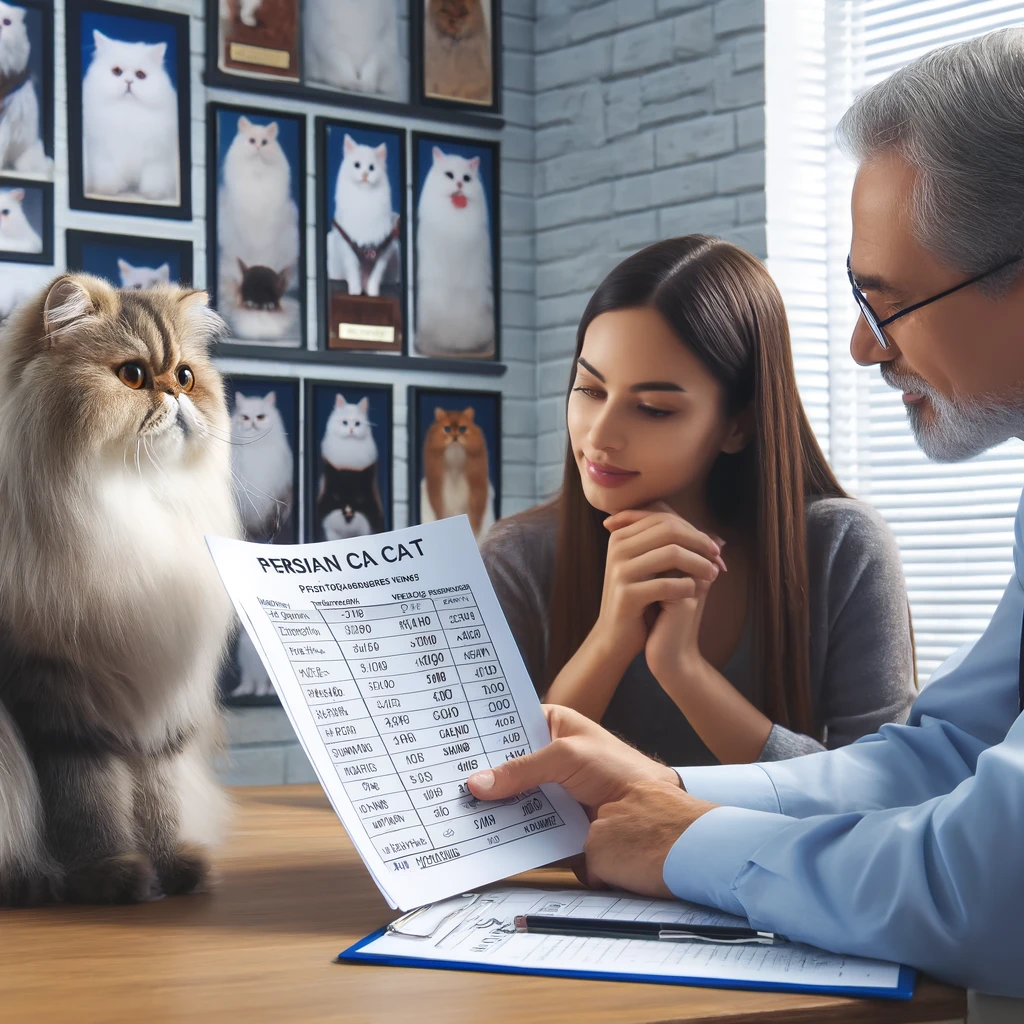
Secondly, purebred animals often come with health guarantees and genetic testing. Reputable breeders will ensure that their animals are healthy and free from any known genetic conditions before selling them to potential owners.
This means that buyers can have peace of mind knowing that their new pet is less likely to develop health issues down the line.
Thirdly, owning a purebred animal can be seen as an investment. While the initial cost may be higher than adopting from a shelter, purebred animals tend to hold their value over time due to their desirable traits and bloodlines.
In some cases, they may even increase in value if they become show champions or breeding stock.
Lastly, buying from reputable breeders also supports responsible breeding practices and helps ensure the continuation of certain breeds for future generations to enjoy.
By choosing to purchase from ethical breeders who prioritize the health and well-being of their animals over profit margins or quantity over quality approaches, buyers can help combat irresponsible breeding practices.
While adopting rescue animals is certainly an admirable choice for those looking for pets, buying a purebred animal can also be worth it due to the benefits outlined above.
From ensuring specific traits and temperaments to supporting responsible breeding practices and future generations of certain breeds, there are many reasons why buying a purebred animal can be a wise investment.
The Benefits Of Owning A Persian Cat
Owning a Persian cat is an experience like no other. These majestic felines are known for their beautiful long hair, docile nature and unique personality traits. If you’re considering adding a pet to your home, then a Persian cat should be at the top of your list.
Not only do they make great companions, but there are numerous benefits to owning one. Firstly, Persian cats are incredibly affectionate creatures. They love nothing more than curling up on your lap for a cuddle or playing with you for hours on end.
Their gentle nature makes them perfect for families with children or elderly people who may need some extra company. Secondly, Persian cats have a reputation for being low maintenance pets.
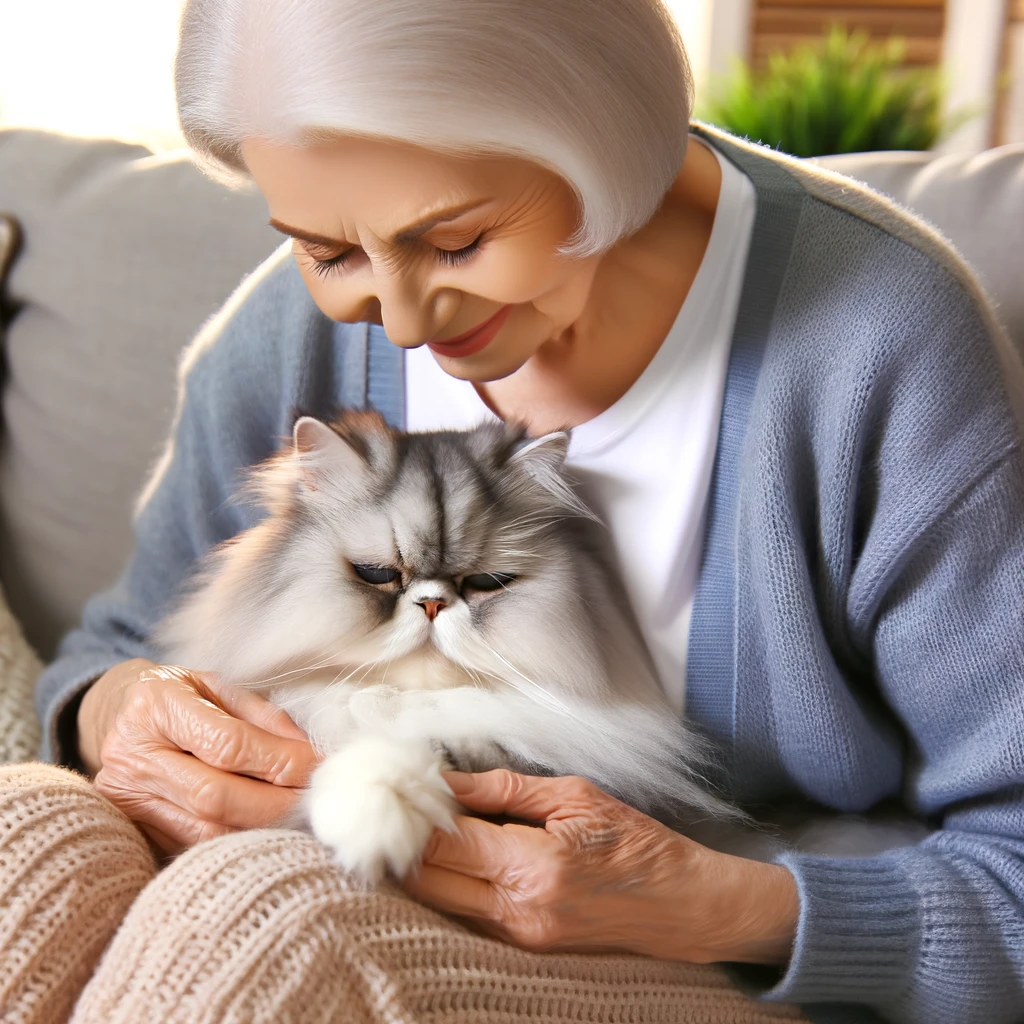
Unlike dogs that require daily walks and constant attention, Persians are content with lounging around the house all day.
They don’t need as much exercise as other breeds and can entertain themselves easily. Thirdly, owning a Persian cat can actually be good for your health! Studies have shown that having a pet can lower blood pressure and reduce stress levels.
The calming presence of a furry friend can help soothe anxiety and promote relaxation. Finally, Persian cats are simply stunning animals to look at. With their silky fur and striking eyes, they’re guaranteed to turn heads wherever they go.
Owning one is like having a piece of living art in your home. All these benefits come together to make owning a Persian cat an incredibly rewarding experience. Their unique personalities and stunning looks will make them an invaluable addition to any household.
However, it’s important to note that these cats do require some special care due to their long hair. Regular grooming is essential to prevent matting and keep them looking their best.
If you’re looking for an affectionate pet that will bring joy into your life then you can contemplate adopting a Persian cat.
Considerations When Adopting A Free Persian Cat
Adopting a free Persian cat may seem like an excellent idea, especially for those who are looking to save money. However, there are several considerations that potential adopters must keep in mind before bringing home their new furry friend.
Health & Vaccination
Firstly, it is essential to ensure that the cat is healthy and has received all necessary vaccinations. Cats that have not been properly taken care of can be prone to diseases and infections that can be expensive to treat.
Hair Quality
Additionally, Persian cats require a significant amount of grooming due to their long hair. If the previous owner did not provide adequate grooming, the cat’s fur may be matted or tangled, which can lead to skin problems and other health issues.
Parasite Infestation
Also, the cat has to be examined for fleas and ticks. Although it sounds simple these parasites can cause various internal problems which can complicate the health of the cat as well as cause fungal infections in humans.
Temperament
Another consideration when adopting a free Persian cat is its temperament. While these cats are known for being affectionate and gentle, it is possible that the previous owner did not socialize them properly or provide enough attention. This is also connected with the bloodline of the cat.
This could result in behavioral issues such as aggression or anxiety. Prospective adopters should spend time with the cat before making a decision to ensure that it is a good fit for their household.
Ophthalmologic Or Bronchial Issues
Additionally, because Persians are prone to certain health conditions such as eye problems or breathing difficulties due to their flat faces, owners may need specialized care from veterinarians who specialize in treating these conditions.
Long Term Expenses
Lastly, prospective adopters should keep in mind that while adopting a free Persian cat might save them money upfront compared with purchasing one from a breeder or pet store; however there may still be some costs involved such as transportation fees if they live far away from the location where the cat is being offered for adoption.
Inference
Adopting a free Persian cat can be a great way to save money and give a pet in need of a loving home. However, it is important for potential adopters to consider all factors before making a decision.
These considerations include the cat’s health, grooming needs, temperament, and any additional costs associated with owning this breed.
By taking these factors into account, adopters can ensure that they are providing their new pet with the best possible care while also saving money in the long run.
Expenses Associated With Owning A Persian Cat
While Persian cats are known for their beauty and affectionate personalities, it is important to consider the long-term expenses of owning one.
The initial cost of purchasing a Persian cat can vary depending on its pedigree, age, and location. However, the costs don’t stop there.
Owners must also account for ongoing expenses such as food, grooming supplies, veterinary care, and potential medical expenses. One major expense that comes with owning a Persian cat is grooming.
Due to their long fur coats, Persians require daily brushing to prevent matting and tangling. This means investing in high-quality grooming tools such as combs and brushes which can be expensive upfront but will save money in the long run by preventing costly trips to the groomer.
In addition to daily brushing, Persians may require professional grooming every few months which can cost anywhere from $50-$150 per visit.
Another significant expense is veterinary care. Like any pet, Persians should receive regular check-ups and preventative care such as vaccinations and flea/tick prevention medication.
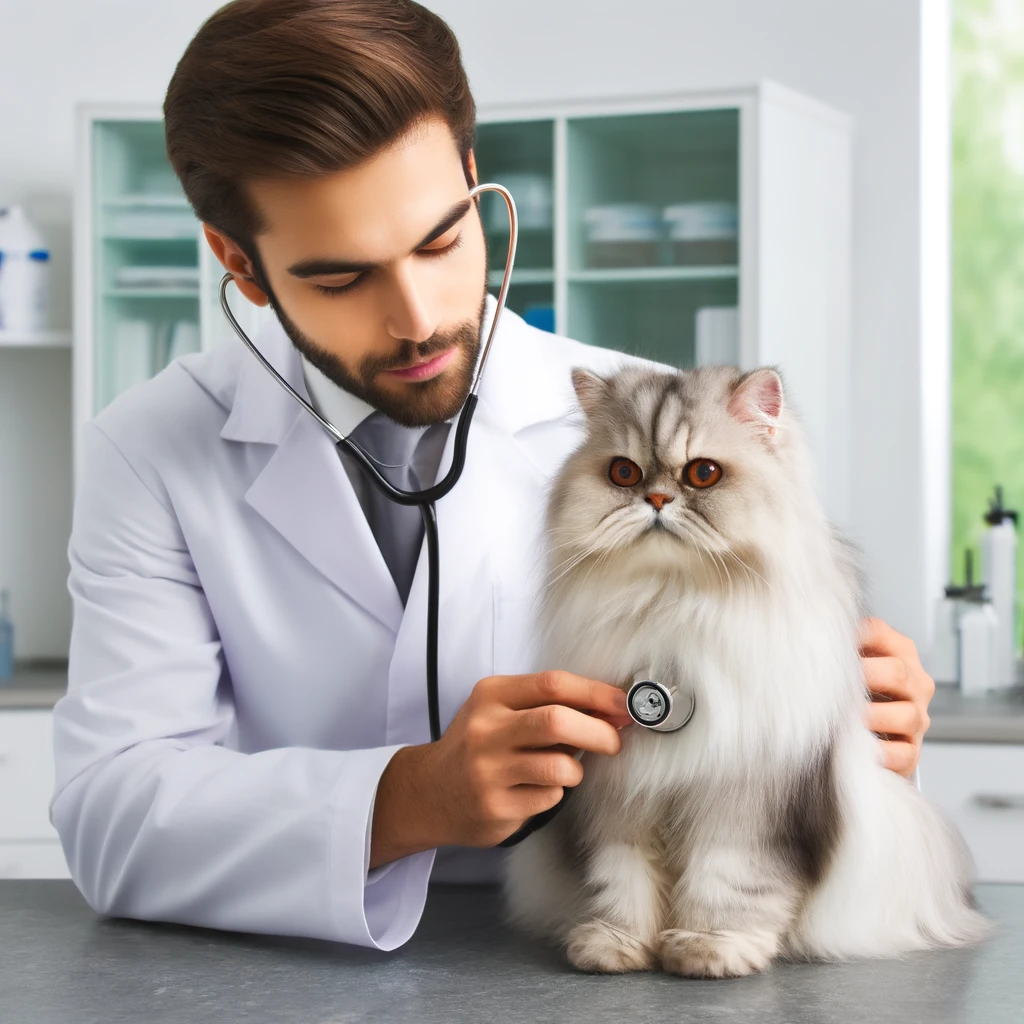
However, they are also prone to certain health issues such as respiratory problems and kidney disease which may require specialized treatment or surgery costing thousands of dollars.
Food is another ongoing expense that owners must consider when owning a Persian cat. Due to their unique dietary needs and sensitive stomachs, it’s important to invest in high-quality cat food specifically designed for Persians which can be more expensive than generic brands.
Lastly, owners should prepare for unexpected medical expenses that may arise throughout their cat’s life such as emergency surgeries or chronic illnesses requiring ongoing treatment.
While the long-term expenses of owning a Persian cat may seem daunting at first glance, it’s important to remember that these costs come with any pet ownership.
With proper planning and budgeting though they shouldn’t deter you from providing your furry friend with all the love and care they deserve!
Wrapping Up
The average cost of a Persian cat can range from $500 to $3000 or more. This price includes the initial purchase price from a reputable breeder, which can be higher than adopting from a shelter or rescue organization.
In addition to the initial purchase price, there are ongoing costs associated with owning a Persian cat. These include food, litter, toys, grooming supplies, and veterinary care.
The cost of veterinary care alone can add up quickly if your cat requires regular check-ups or develops health issues.
While some people may be deterred by the initial cost and ongoing expenses associated with owning a Persian cat, it is important to remember that these cats make wonderful companions and bring joy into our lives.
They are known for their affectionate personalities and beautiful long hair coats.
References
American Kennel Club. (2021). Why Buy From A Reputable Breeder? Retrieved from https://www.akc.org/expert-advice/getting-started/why-buy-from-a-reputable-breeder/
Catster. (2021). The Benefits Of Owning A Cat: Why Cats Are Good For You! Retrieved from https://www.catster.com/lifestyle/the-benefits-of-owning-a-cat
PetMD. (2021). How Much Does It Cost To Own A Cat? Retrieved from https://www.petmd.com/cat/care/how-much-does-it-cost-own-cat
The Spruce Pets. (2021). Persian Cat Breed Profile. Retrieved from https://www.thesprucepets.com/persian-cats-4164275 Vetstreet. (2021). 10 Most Expensive Cat Breeds.
Cat Fanciers’ Association (CFA). (2021). Buying A Purebred Cat: What You Need To Know. Retrieved from https://cfa.org/buying-a-purebred-cat-what-you-need-to-know/
